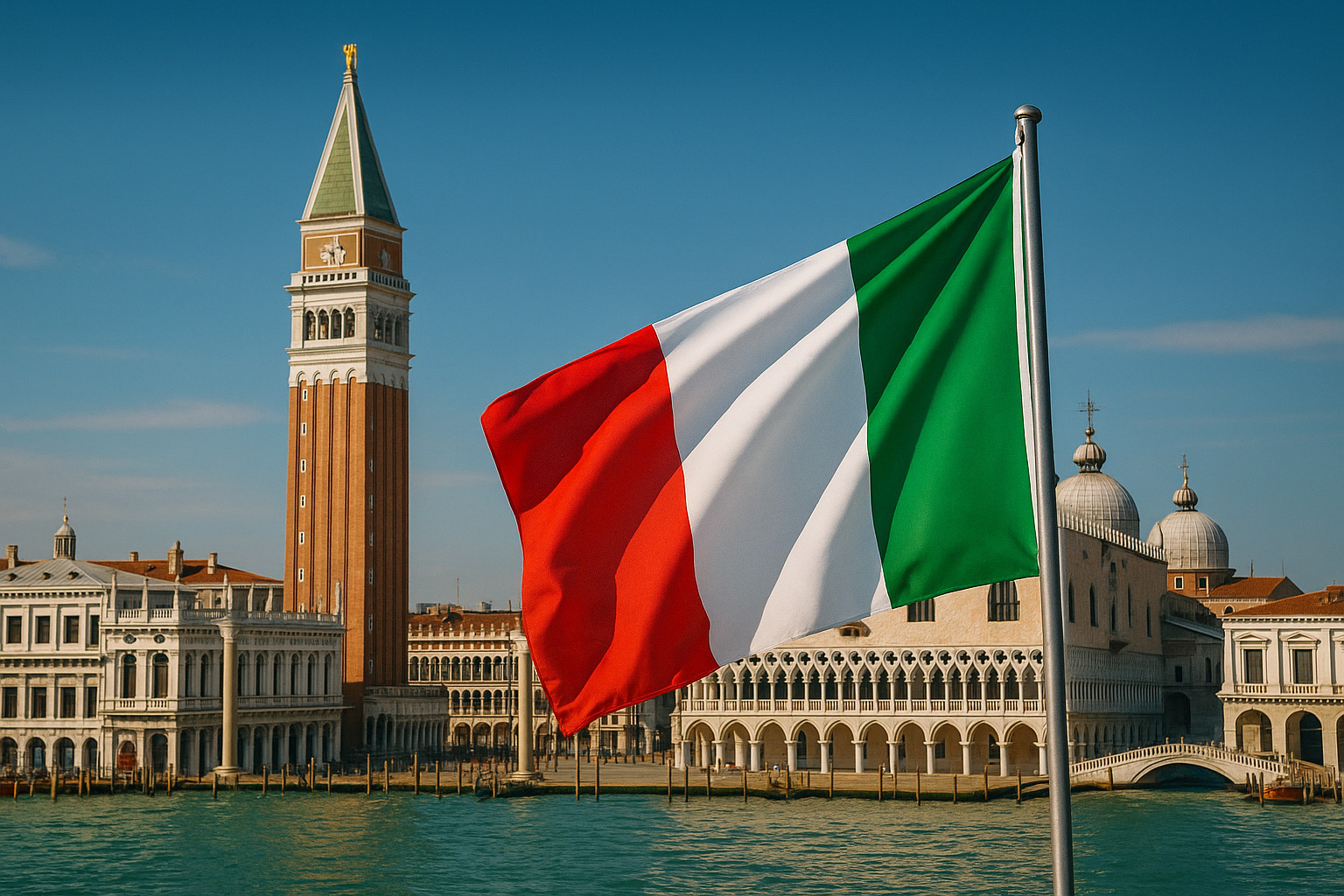Discover the new rule for Italian citizenship in 2025. Learn about eligibility changes, application procedures, and how these reforms affect descendants worldwide.
🇮🇹 New Rule for Italian Citizenship: What You Need to Know in 2025
Introduction: A Turning Point for Italian Citizenship
In March 2025, Italy enacted significant changes to its citizenship laws, marking a pivotal shift in how individuals can claim Italian nationality. The new rule for Italian citizenship, encapsulated in Decree-Law No. 36/2025 (commonly known as the “Tajani Decree”), has redefined eligibility criteria, particularly affecting those seeking citizenship through ancestry. This reform aims to strengthen the connection between applicants and Italy, ensuring that citizenship is granted to those with genuine ties to the country.
Understanding the New Rule for Italian Citizenship
Key Changes Introduced by Decree-Law No. 36/2025
Effective from March 29, 2025, the new legislation introduces the following major changes:
- Generational Limitations: Citizenship by descent (jure sanguinis) is now restricted to individuals with at least one parent or grandparent born in Italy.
- Residency Requirements: Applicants must demonstrate that their Italian parent resided in Italy for at least two consecutive years prior to the applicant’s birth.
- Centralized Application Process: Applications are to be submitted through a centralized office at the Italian Ministry of Foreign Affairs, streamlining the process and reducing the burden on consulates.
Impact on Existing and Pending Applications
Individuals who had already been recognized as Italian citizens before the enactment of the new law retain their citizenship status. For pending applications submitted before March 28, 2025, the previous rules apply, provided the applicant meets specific conditions, such as having a parent born in Italy or a parent who resided in Italy for two consecutive years prior to the applicant’s birth.
Rationale Behind the Reform
The Italian government cites several reasons for implementing these changes:
- Preventing Citizenship Abuse: There has been a surge in applications from individuals with tenuous connections to Italy, often seeking citizenship for travel convenience rather than cultural or familial ties.
- Administrative Efficiency: The previous system led to a backlog of applications, overwhelming consulates and municipal offices.
- Strengthening National Identity: By tightening eligibility, the government aims to ensure that citizenship is granted to those with a meaningful connection to Italian culture and society.
Comparative Analysis: Old vs. New Rules
| Criteria | Old Rule | New Rule (2025) |
|---|---|---|
| Eligible Ancestors | Any ancestor post-1861 | Parent or grandparent born in Italy |
| Residency Requirement | None | Parent must have resided in Italy for 2 consecutive years prior to applicant’s birth |
| Application Process | Through consulates or municipalities | Centralized at the Ministry of Foreign Affairs |
| Recognition of Minor Children | Automatic if parent is Italian | Requires declaration and residency conditions |
| Reacquisition of Citizenship | Required residency in Italy | No residency requirement; declaration between July 1, 2025, and December 31, 2027 |
Implications for the Italian Diaspora
Affected Communities
The reform significantly impacts individuals in countries with large Italian-descendant populations, such as the United States, Argentina, and Brazil. Many who could previously claim citizenship through great-grandparents are now ineligible.Al Jazeera
Reactions and Criticisms
The new rule has sparked criticism from various quarters:
- Diaspora Organizations: Groups like the National Italian American Foundation express concern that the law alienates the global Italian community.
- Legal Experts: Some argue that the abrupt implementation without public debate undermines democratic processes.
- Applicants: Individuals who had invested time and resources into the application process feel betrayed by the sudden change.
Navigating the New Citizenship Landscape
Alternative Pathways to Italian Citizenship
For those no longer eligible under the new rule, alternative routes include:
- Citizenship by Residency: Individuals with a parent or grandparent who was an Italian citizen by birth can apply after two years of legal residence in Italy.
- Reacquisition of Citizenship: Those who lost Italian citizenship under the 1912 law can reacquire it by declaration between July 1, 2025, and December 31, 2027, without the need to reside in Italy.
Steps for Prospective Applicants
- Assess Eligibility: Determine if you meet the new criteria based on your lineage and your ancestor’s residency history.
- Gather Documentation: Collect necessary documents, including birth certificates, proof of residency, and other relevant records.
- Consult Legal Experts: Seek advice from professionals specializing in Italian citizenship law to navigate the complex application process.
- Submit Application: Prepare to submit your application through the centralized office at the Ministry of Foreign Affairs.
Conclusion: Embracing a New Era of Italian Citizenship
The new rule for Italian citizenship represents a significant shift in Italy’s approach to nationality, emphasizing stronger ties between applicants and the country. While the reform aims to preserve the integrity of Italian citizenship, it also poses challenges for many in the diaspora. Understanding these changes is crucial for prospective applicants to navigate the new legal landscape effectively.
Call to Action: If you’re considering applying for Italian citizenship or need guidance on your eligibility under the new rules, consult with legal experts specializing in Italian nationality law to explore your options and ensure a smooth application process.
PORTUGAL GOLDEN VISA
AUSTRALIA GOLDEN VISA


0 Comment